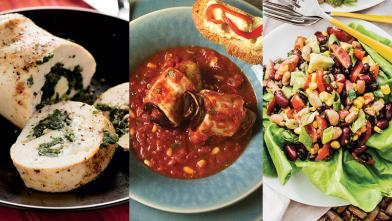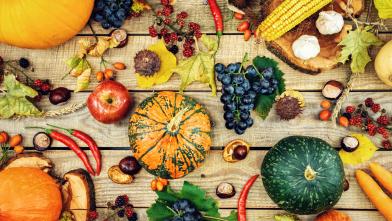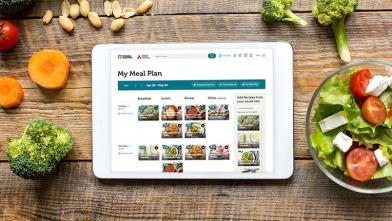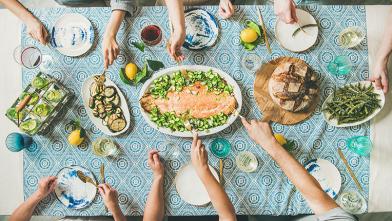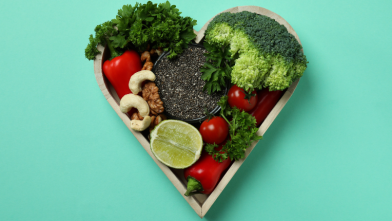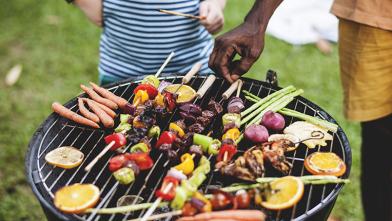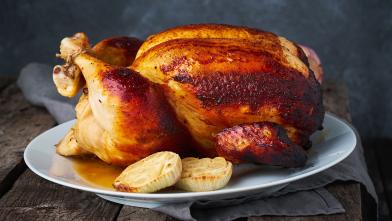
Eating on a budget can be a challenge, especially when you’re also managing health concerns like diabetes and kidney disease. A kidney-friendly eating plan usually monitors potassium, phosphorus, protein, and sodium—and a diabetes-friendly plan focuses on lean protein, healthy fats, quality carbohydrates and monitors sodium.
It’s important to know that the nutrients you should have more or less of are based on your health needs. Talk to your registered dietitian or certified diabetes care and education specialist about what will work best for you. With your own needs in mind and with some budgeting and planning, you can stay on track with both eating plans and saving money on groceries.
Tips for Staying on Budget
- Plan out your meals and snacks each week and make a shopping list before you go to the grocery store—and stick to it. Grabbing items as you shop can add up very quickly. Balance is important when managing diabetes. Quality carbs, lean protein, and healthy fats should all be part of your meal for kidney disease and diabetes. The American Diabetes Association’s Diabetes Plate is a simple visual tool that shows you how your plate should look when creating healthy low-carb meals.
- Canned and pre-packaged foods can save you money, but they can also contain ingredients that may affect your blood glucose (blood sugar) or contain extra salt. Look for lower-sodium canned vegetables and fruit that is packed in water or its own juice (not syrup). Also, canned foods have a longer shelf life than fresh produce, which can help reduce food waste and stretch your dollar.
- Consider using one ingredient in multiple meals. For example, if your favorite vegetable is spinach, try using it raw in a vegetable/protein bowl at one meal and then as the non-starchy vegetable for grilled chicken or fish at another meal. You could also cook chicken to serve as your lean protein for a meal and any leftovers could be used in a soup or chicken salad. If you enjoy eggs, boil some to have as a snack with raw veggies or crackers. Then, use the leftovers to make egg salad for a quick lunch.
- Choose frozen or canned vegetables and fruit over fresh to stretch your dollar and reduce food waste. Since they are picked at peak freshness and flash-frozen or canned, they are just as nutritious as fresh produce and usually cheaper. Frozen and canned varieties also last much longer than fresh fruits and vegetables. Look for products that do not have extra sauces or syrup. This can increase the carbs or sodium content.
- Look for sales and store specials. Most grocery stores have free member cards that get you great store discounts. You can also check out the weekly sales in the store’s flyer (usually located near the entrance). Many times, manufacturers will also provide coupons online. Bonus tip: Find out which foods that fit into your eating plan are on sale each week and create your weekly menu around them.
The Takeaway
Plan ahead and shop using these tips to help you save at the grocery store—and help to manage diabetes and kidney disease. For more meal planning resources, visit Diabetes.org/kidney, DaVita.com, and browse Diabetes Food Hub’s kidney-friendly recipes.

This guest blog post was provided by the registered dietitians from DaVita.







